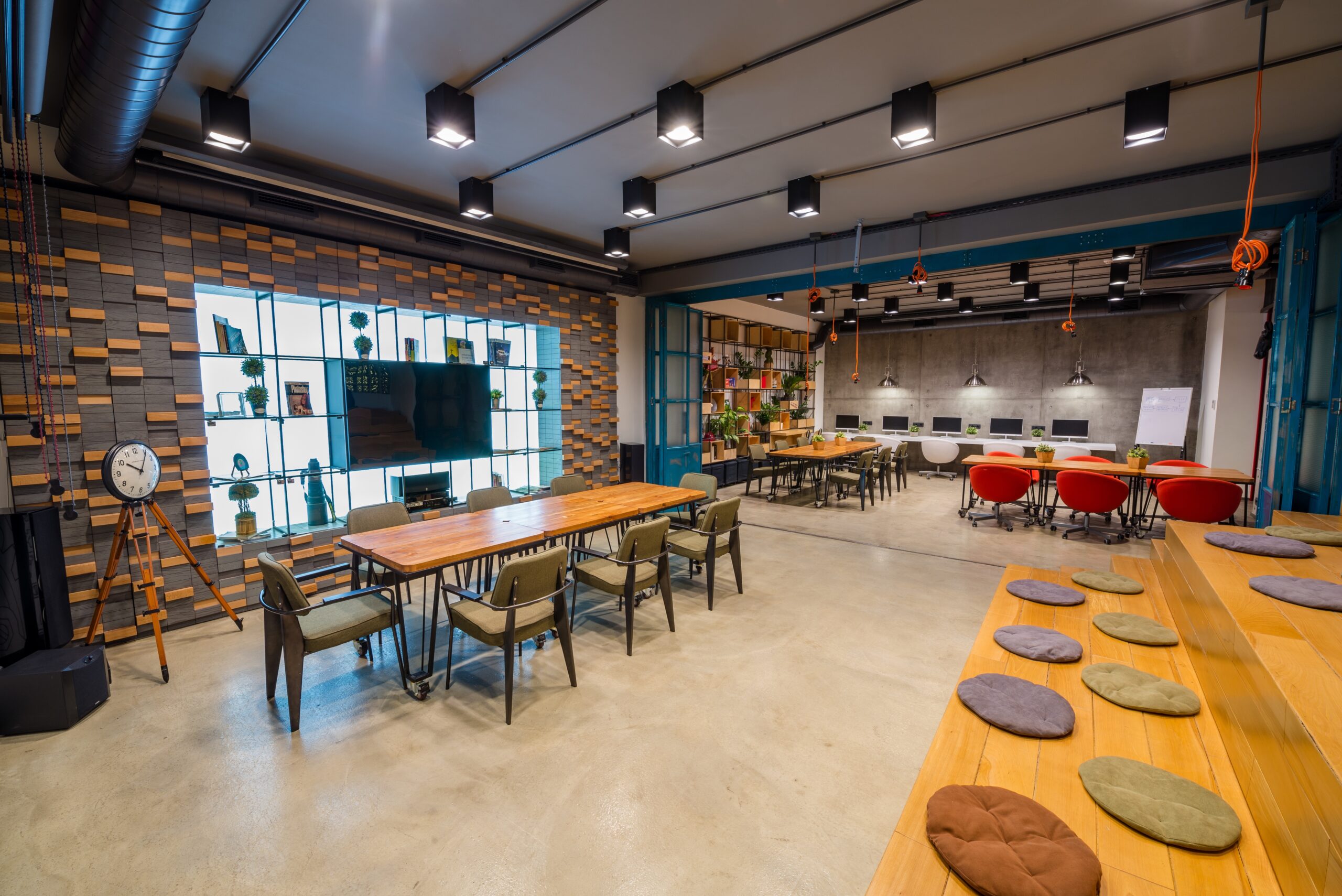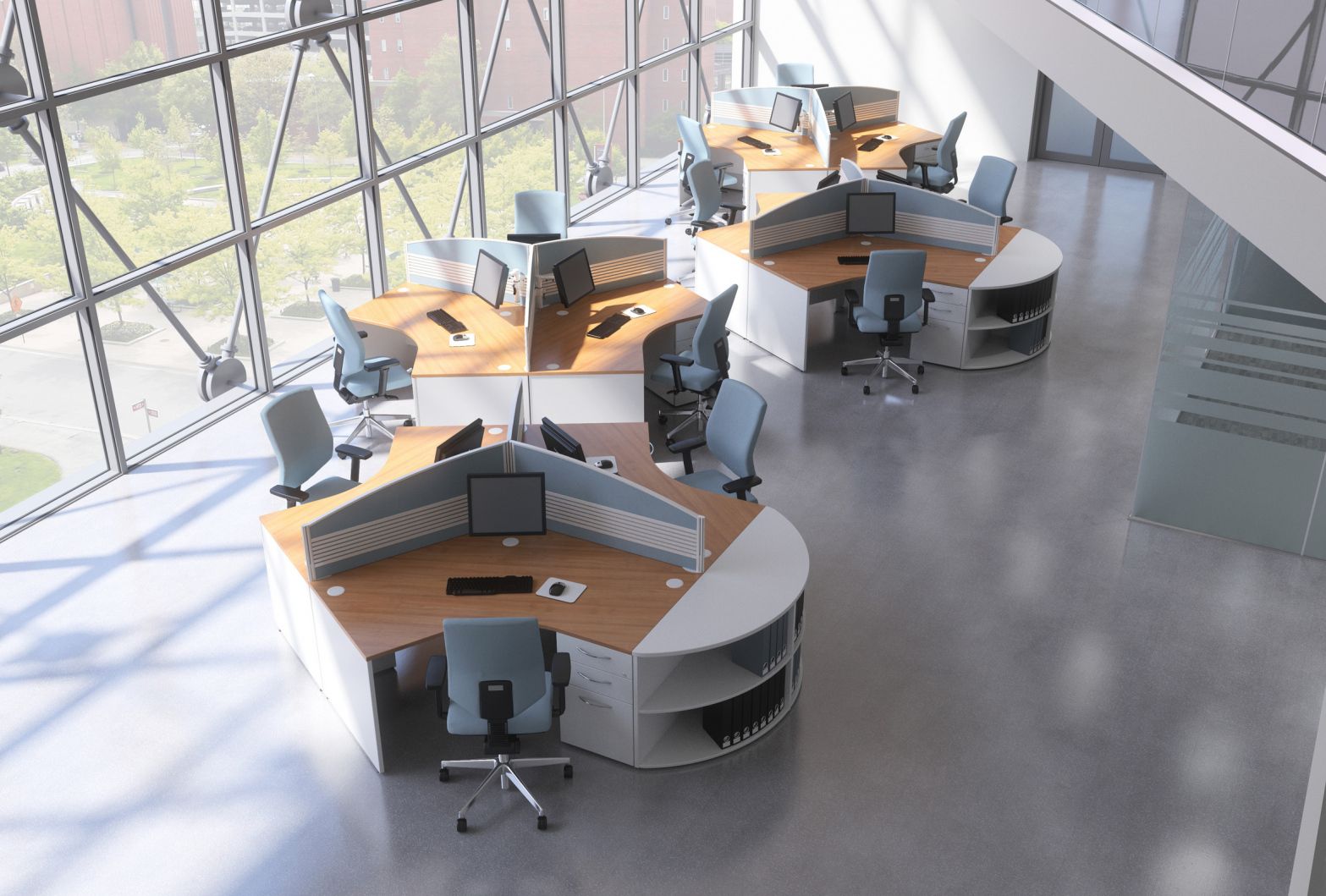In today’s fast-paced world, software developers are continually seeking ways to boost their productivity and overall well-being while navigating the challenges of long hours at the computer. One solution that has gained significant attention in recent years is the adoption of standing desks. These ergonomic workstations have piqued the interest of many tech professionals, promising not only improved comfort but also enhanced productivity. In this comprehensive guide, we will explore the potential benefits and drawbacks of standing desks for software developers and examine the scientific evidence supporting their impact on productivity.
Understanding the Basics of Standing Desks
Before diving into the productivity aspects, let’s start by gaining a clear understanding of what standing desks are and how they work. Standing desks are height-adjustable workstations that allow individuals to switch between sitting and standing positions while working. They come in various styles, from traditional desks with adjustable legs to specialized sit-stand converters that can be placed on existing desks. Understanding the ergonomic design and adjustability options is crucial for making an informed decision.
The Ergonomics of Standing Desks
One of the key reasons software developers consider standing desk is their potential ergonomic benefits. Proper ergonomics can significantly impact comfort and long-term health. This section will delve into:
- How standing desk promotes better posture
- Reducing the risk of musculoskeletal problems
- Combating the adverse effects of prolonged sitting
The Impact of Standing Desks on Productivity
The central focus of this article is exploring how standing desk influence software developer productivity. We’ll discuss:
- Increased alertness and focus: How standing can boost concentration and creativity.
- Enhanced energy levels: The link between standing and increased energy throughout the workday.
- Time management: Balancing sitting and standing to optimize productivity.
- The impact on coding efficiency: Research on coding speed and accuracy while standing.
- Collaboration and communication benefits: How standing desk can promote better team interactions.
Potential Drawbacks and Considerations of Standing Desks
While standing desk offer numerous advantages, they may not be suitable for everyone. In this section, we’ll cover:
- Potential discomfort or fatigue: Adjusting to standing for extended periods.
- Cost considerations: Weighing the investment against the benefits.
- Office space requirements: Ensuring your workspace accommodates a standing desk.
Tips for a Successful Transition
For software developers who are considering making the switch to a standing desk, we’ll provide practical advice on how to make the transition smooth and maximize the benefits.
Conclusion
In conclusion, standing desks can have a positive impact on software developer productivity, provided they are used appropriately and ergonomically. By understanding their advantages, potential drawbacks, and how to make the most of them, developers can make an informed decision about integrating standing desks into their work routine. Remember that the key to reaping the benefits lies in balance and moderation and that what works best may vary from person to person. Ultimately, standing desk offer a valuable tool for enhancing productivity and well-being in the demanding world of software development.




[…] Standing desks or desks with adjustable heights promote flexibility and health-conscious work habits. […]
[…] all day is not ideal for health and productivity. That’s why standing desks and active workstations are trending in modern offices. Standing desks allow employees to switch […]